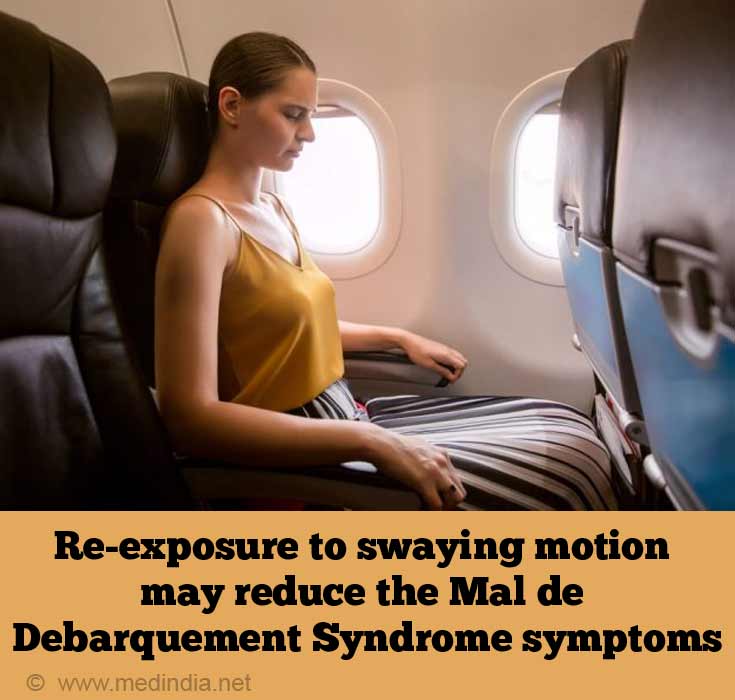How do you Diagnose Mal de Débarquement Syndrome?
The diagnosis of MdDS varies based on the type of syndrome, i.e. classic or spontaneous. When you experience the symptom of rocking sensation, your family doctor will take your medical history, understand the cause, recommend different tests, and could diagnose MdDS. Only those with persistent MdDS see their doctors in an attempt to resolve symptoms. Persistent MdDS lasts for a long period (> 1 month) and greatly affects the quality of life of the individual.
In many cases, those who complain of dizziness are not always immediately diagnosed with MdDS since it is essential to rule out other conditions, such as vertigo, motion sickness, or vestibular migraine, which could cause the symptom. You are made to undergo additional procedures, such as magnetic resonance imaging (MRI) and computed tomography (CT) of the temporal bone, cardiological testing, videonystagmography (VNG), audiometry, or laboratory tests. In spite of these tests, it may still be difficult to clinch the diagnosis.
In general, MRI, audiometry, and vestibular responses by VNG are normal in MdDS diagnosis. Structural features in the brain are also normal in individuals with MdDS. The tests are necessary to rule out other conditions with similar symptoms.
Some of the key diagnostic features that are considered in persistent MdDS are:
- Symptom of rocking sensation after exposure to rocking motion (e.g. after a voyage in a ship, a car or an airplane, or playing virtual reality games)
- Persistence of symptoms for more than 1 month
- Reversal of symptoms when exposed to the same passive motion
- Absence of nausea
- Symptoms are not due to another condition
- Normal brain structure as observed by MRI and no requirement of advanced brain tests
- Normal inner ear function based on audiometry tests
Similar diagnostic criteria are implemented for spontaneous cases.
How do you Treat Mal de Débarquement Syndrome?
There are different strategies to treat MdDS but some are still in the research phase. Based on your preferred choice or the availability of other forms of treatment, the preferred treatment strategy is selected.
Pharmacotherapy: Reducing stress by anxiolytics is recommended since the symptoms of MdDS trigger anxiety and depression. Other drugs, such as selective serotonin reuptake inhibitors (SSRI) and benzodiazepines are also effective. However, antimigraine medications, antiemetics, or anticonvulsants are ineffective to resolve the symptoms of MdDS.
Neuromodulation: This involves the activation of the brain with repetitive magnetic stimulation by low or high frequency magnetic waves to reduce the symptoms. However, this technique is still in the research phase and has not been used in clinical practice so far.
Re-exposure to Swaying Motion: In some cases, you may be asked to undertake the same journey or expose yourself to the swaying motion to readapt your brain. The symptoms reduce in a car journey but long journeys on an airplane or a ship do not help to reduce the symptoms.

Readaptation of Vestibulo-Ocular Reflex to Swaying Motion: This non-pharmacological technique looks promising in the research phase since a large majority of MdDS individuals see a reduction in their symptoms. You are asked to view a rotating object while another person moves your head from side-to-side. The symptoms reduce and may resolve within 4 months in most individuals.







